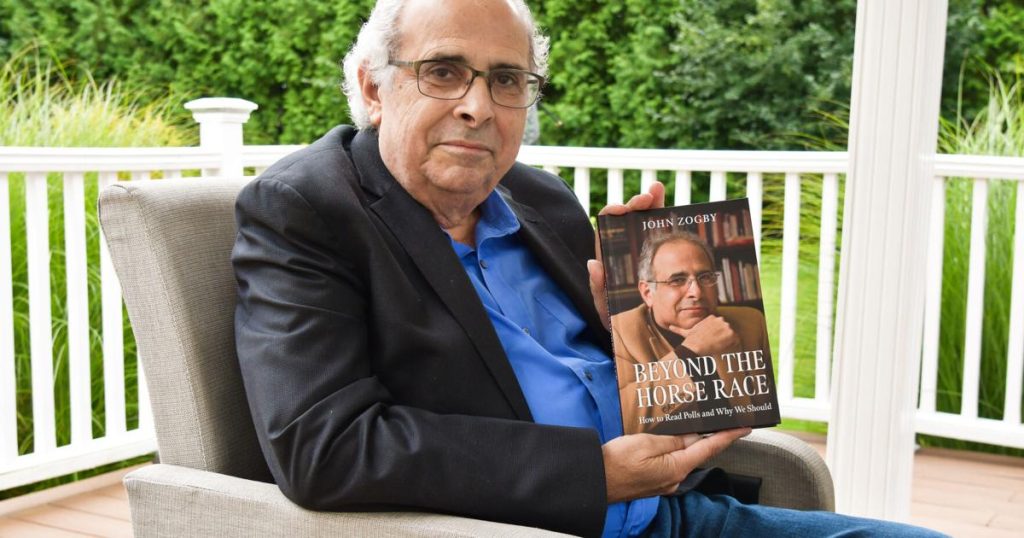Book Review: Beyond the Horse Race: Understanding Polling Beyond the Numbers

“Beyond the Horse Race: How to Read Polls and Why We Should” by John Zogby, offers a panoramic view of the complexities of polling, way beyond the surface-level discussion of election forecasting. The book does this by opening up the inner workings of an experienced pollster, offering insights into how polls should be devised, interpreted, and used to get to the heart of public opinion.
A Candid View of Polling
John Zogby starts with discussing the strengths and weaknesses of polling, stating that during his career, there have been enough successful and flawed polls. He uses examples, such as the 2000 Reuters MSNBC National Tracking Poll, to show how even a good poll can fail if it is misinterpreted or not well executed. Conclusion: Zogby indicates how well-designed polls give meaningful insights while a bad design can mislead decision-makers.
Polling in the Digital Age
It also refurbishes the means of holding the polls. Modern technology and electronic means of social interaction render the old methods, for example, the use of landlines for surveys, irrelevant. In one of the chapters where he talks about this issue, he says how sample design and data collection have challenges these tools. His example, the Zogby Survey of Oregon Likely Voters, is how polling companies must adjust themselves to these changes in society and technology. Misunderstanding The Basic Problem
One major theme that has emerged from reading Beyond the Horse Race is the tendency to misunderstand polling data. Zogby makes a very strong case that the 2016 U.S. presidential election was not a failure of polling but a failure in how the data was read. The way he explains how media narratives often misrepresented the results and how shifts in behavior can challenge what the polls seemingly predict is illuminating. Zogby instructs readers to look behind figures and trends themselves, digging further and revealing conditions at work.
Polls as a Test of Human Behaviour End
But it’s not so much the quantity of polling as the quality-a more sophisticated awareness of human behavior, says Zogby. He even encourages readers to look beyond lowest common denominators and examine attitudes, values, and motivations. In the chapter “Reading Polls from the Bottom Up,” he introduces niche subgroups-weekly Wal-Mart shoppers or NASCAR fans, for example-and shows how those groups can by themselves affect election outcomes. This qualitative research approach links culture with political behavior, therefore, giving more profound understanding of public opinion.
A Call for Transparency
In his final chapters of the book, he reflects on his mistakes, including predicting that John Kerry would win back in 2004. He suggests a need for transparency in polling, encouraging pollsters to become transparent about their mistakes. Humility and transparency are important in order for the field to maintain integrity, or learn from its mistakes. Conclusion: Beyond the Horse Race is a sophisticated contribution to the discussion of polling, implying that polls don’t just predict electoral results but reveal far-reaching transformations in society. Both professionals with a keen interest in political polling company and the dynamics of public opinion, readers interested in political polling, may find this book valuable. Ultimately, Zogby demonstrates that polls are not simply about who will be the next winner but instead a tool for understanding society’s evolving values.

Leave a Reply